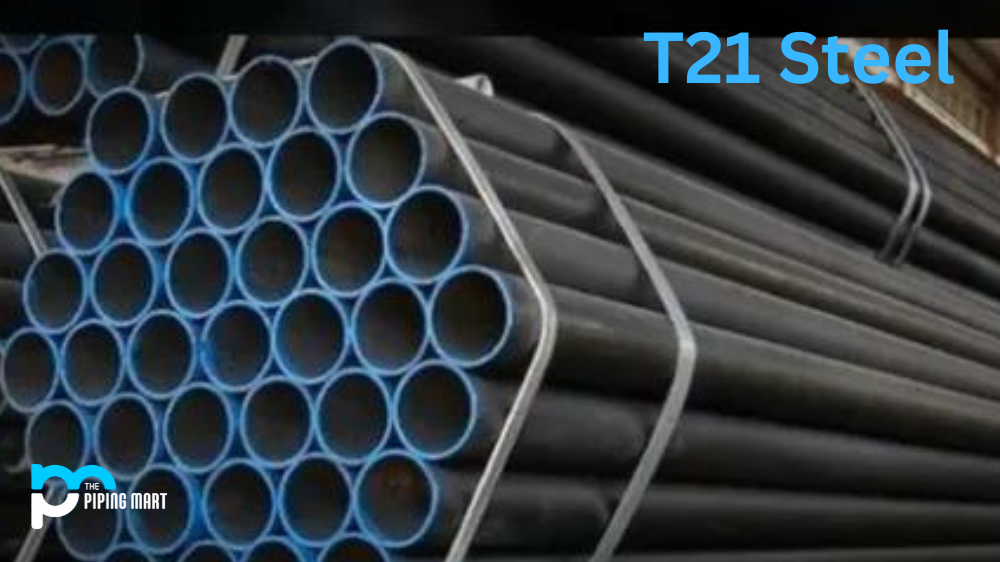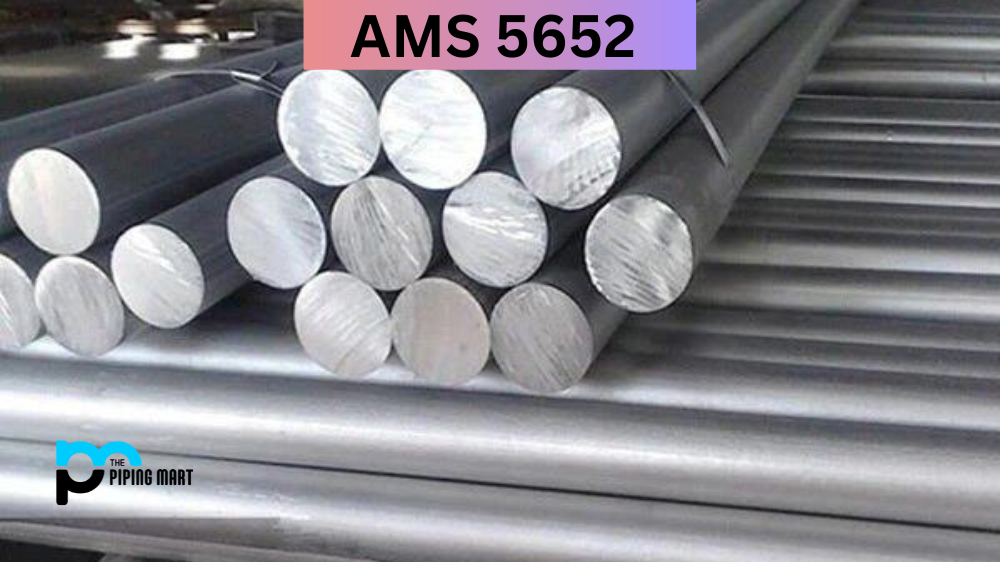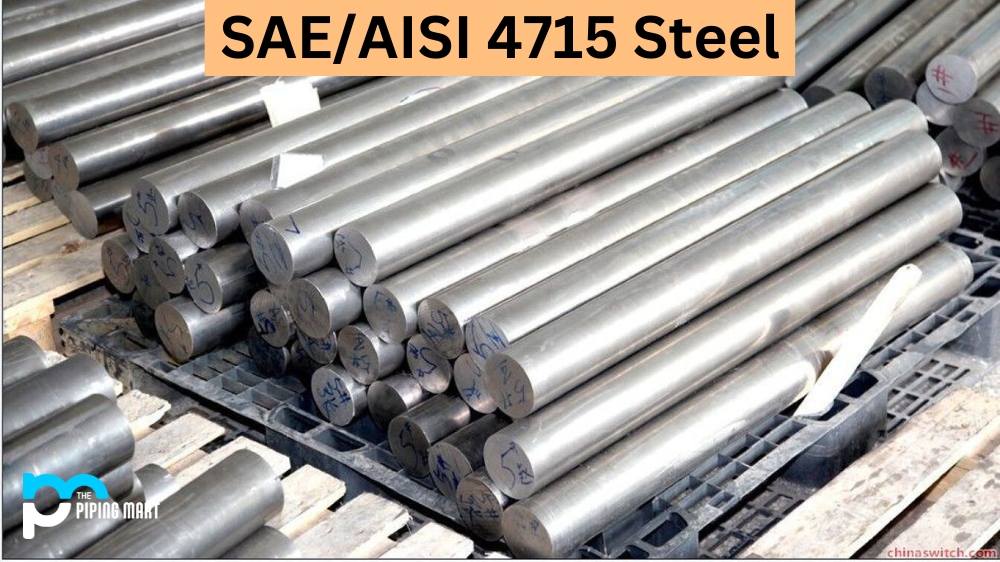T21 steel is ferritic steel with excellent properties, such as high strength, good machinability, and corrosion resistance. Widely used in the power industry, T21 steel is ideal for high-temperature and high-pressure applications. In this comprehensive guide, you will learn everything there is to know about T21 steel, including its composition, properties, uses, corrosion resistance, heat treatment, machining, and welding processes.
T21 Steel Composition
T21 steel plate is a low-alloy ferritic steel that contains 2.25% chromium and 1% molybdenum. It also contains small amounts of carbon, silicon, manganese, and trace amounts of sulfur and phosphorus. The high chromium and molybdenum content makes T21 steel highly resistant to oxidation and corrosion, even in high-temperature and high-pressure environments. The addition of molybdenum also increases its strength and hardness.
T21 Steel Mechanical Properties
The mechanical properties of T21 steel depend on its heat treatment, but generally, it has a tensile strength of 415-580MPa and a yield strength of 220MPa. Its elongation at break is around 30%, and its elastic modulus is 200GPa. It is also resistant to creep and fatigue, making it ideal for use in power plants, where it is subjected to high temperatures, pressures, and cyclic loads.
T21 Steel Physical Properties
The density of T21 steel is 7.85g/cm3, and its specific heat capacity is 460J/kg°C. Its thermal conductivity is 40W/m°C, lower than many other metals, but its thermal expansion is meagre. It has a melting point of 1425-1510°C and a boiling point of 2680°C.
T21 Steel Uses
T21 steel is mainly used in the power industry to make tubes and pipes for boilers, superheaters, and heat exchangers. Its high strength, corrosion, and creep resistance make it ideal for these applications. It is also used in chemical plants, oil and gas refineries, and other high-temperature and high-pressure environments that require corrosion-resistant materials.
T21 Steel Corrosion Resistance
ASTM A213 exhibits excellent corrosion resistance, particularly in acidic and chloride-containing environments. Its high chromium content forms a protective oxide layer on the surface of the metal, preventing further corrosion. Moreover, its low carbon content reduces the risk of sensitization and intergranular corrosion.
T21 Steel Heat Treatment
T21 steel can be heat-treated to enhance its mechanical properties. The most common heat treatment process is normalization, which involves heating the steel to 860-920°C and cooling it in the air. This process improves the strength and ductility of the steel, allowing it to withstand higher temperatures and pressures. Other heat treatment processes include annealing, tempering, and quenching.
T21 Steel Machining
T21 steel is relatively easy to machine thanks to its low carbon content and good weldability. However, it is essential to use cutting tools designed for high-temperature metals and maintain proper cutting speeds and feeds to avoid heat buildup and tool wear. Lubricants and coolants can also be used to improve machinability.
T21 Steel Welding
T21 steel can be welded using most conventional welding processes, such as gas tungsten arc welding (GTAW), gas metal arc welding (GMAW), and shielded metal arc welding (SMAW). However, using low-hydrogen filler materials and preheating the steel to reduce the risk of cracking and distortion is essential.
Conclusion
ASTM A213 is a high-strength, corrosion-resistant, and creep-resistant steel widely used in the power industry and other high-temperature and high-pressure environments. Its composition, properties, and uses make it an ideal material for making tubes and pipes for boilers, heat exchangers, and other equipment that requires excellent resistance to corrosion and high temperatures. By understanding its properties and how to machine and weld it properly, engineers and manufacturers can leverage the benefits of T21 steel to create robust and reliable structures that can withstand the most challenging conditions.
Sakshee is a talented blogger, with a particular focus on the Business and Metal Industry. She is passionate about sharing her insights on various metal products and helping professionals to make a better decisions.




